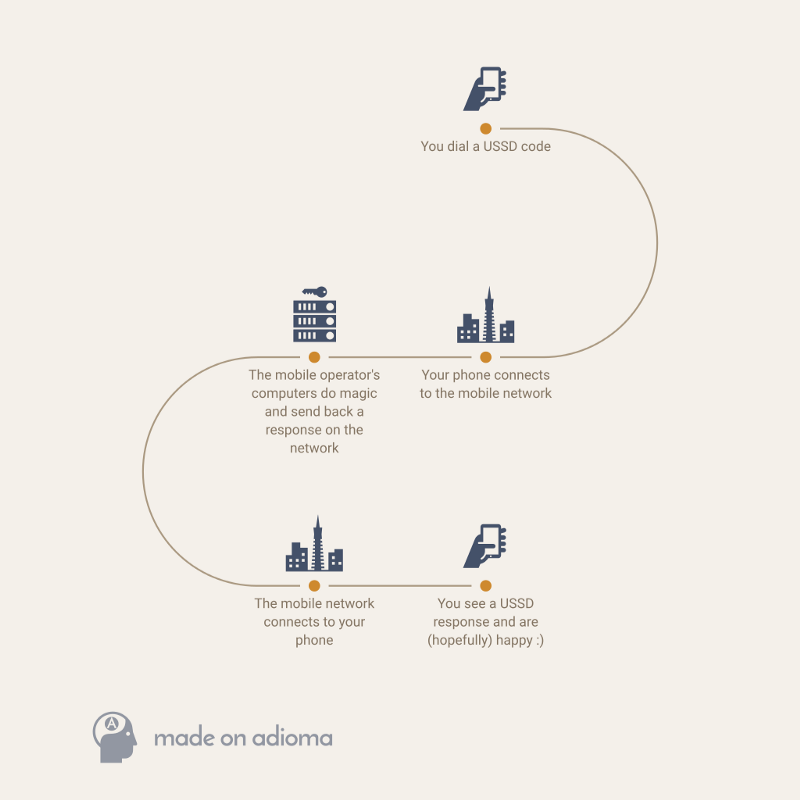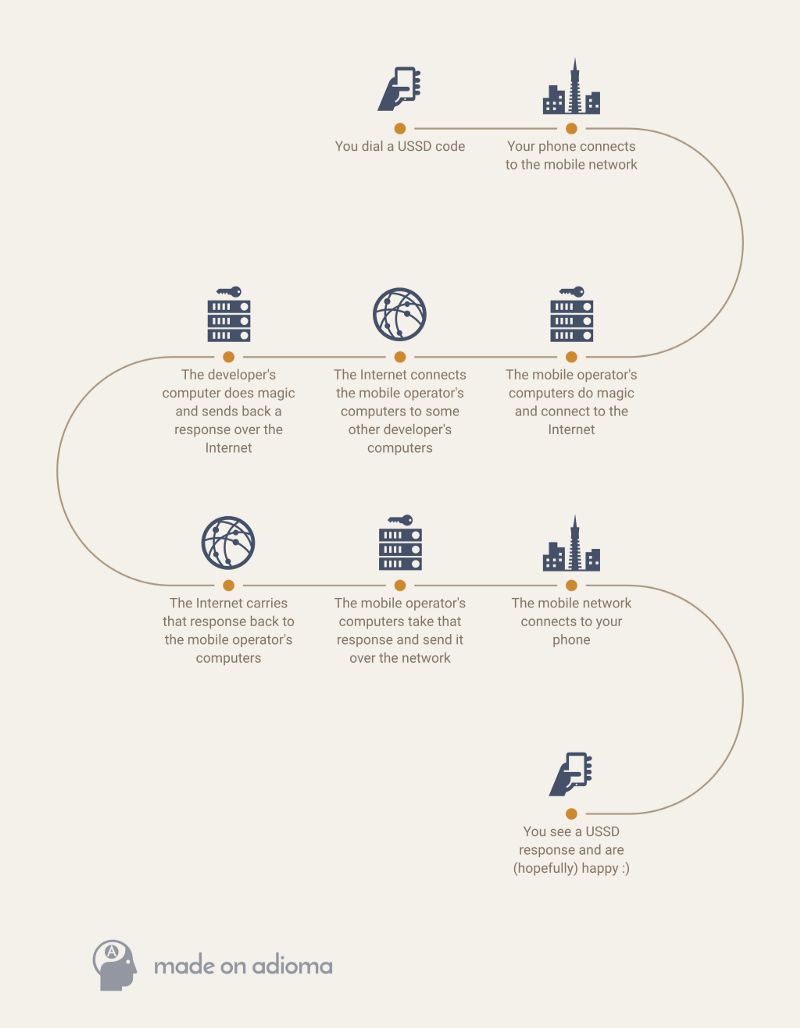Old technology typically remains just that – old technology. Nearly every technological innovation becomes obsolete once use cases no longer match market needs. Typewriters became obsolete with the advent of personal computers, rotary phones and land lines are definitely not challenging mobile phones in any way (same for pagers), floppy disks were replaced by CD-ROMs, and the list goes on and on.
Interestingly, USSD is one “old” technology that is still being deployed widely in Africa, even though it is obsolete, for the most part, in more developed climes. Mobile operators in Africa (where mobile network access is typically prepaid) use USSD for on-network queries (checking airtime balance, buying data etc), banks use it for certain [mobile money] services, and startups across the continent are doing great stuff with it.
Despite this, I don’t think USSD is being deployed enough in Africa. In fact, I‘ll go one further and say I don’t think consumer-facing businesses can truly achieve massive scale (in Africa) without USSD, except the technology is simply inapplicable to their product or service.
Okay but how does it work?
Originally, USSD worked something like this:
However, thanks to the internet (and other stuff), USSD now works like this:
The breakdown
Most tech startups and businesses in Africa at the moment are internet-based which means there’s a website, custom platform or mobile app that connects to the Internet to serve the consumer a product or service.
The problem with this model is that it assumes (based on mobile penetration metrics, usually) that the consumers either have Internet capable devices or can afford to purchase data and connect to the Internet.
But this is not the reality on ground. China-based Transsion Holdings is the market-leading OEM in Africa as far as phone sales go and the majority of the devices they sell are features phones (iTel, a Transsion brand had 36% market share in Africa in 2017). Also, features are responsible for driving mobile adoption in Africa and have outsold smartphones every other year since at least 2010.
On the Internet side, only 22% of Africa’s 1.2 billion people were on the Internet in 2017, compared to the 960 million mobile subscriptions there are. By the time you consider that those people aren’t accessing the Internet only through smartphones (PCs, Tablets etc), the addressable market for Internet-facing businesses become really small.
Yes, people that can afford to be on the Internet are probably more attractive to sell to but that doesn’t make them any less fewer than the number of people who can afford mobile phones, even if they are feature phones.
There’s also the simplicity and ubiquitousness of USSD which make a very compelling case for it as a tool to drive scale. Almost any phone that uses a SIM card can support USSD and it is not as tedious to build for, thanks to APIs. The USSD interfaces are also really simple so it is easier to live with from a consumer perspective. In other words, leveraging USSD [even for Internet services] is much easier either in terms of reach or building solutions.
At the end of the day, the larger market is the people that can be reached via mobile phones as opposed to through the Internet. While there are a lot of businesses building solutions that leverage USSD (like this and this), there can be more.
At the very least, I think it is important that startups and businesses start to include USSD as part of a multi-channel approach (so you can still build for the Internet) because the advantages are clear for all to see. Maxime Bayen, Senior Insights Manager at the GSMA Ecosystem Accelerator, in this 2017 interview with Disrupt Africa, sums it up: “According to GSMA Intelligence, smartphone adoption – that is, smartphone connections expressed as a percentage share of total SIM connections, not population – in Africa is at 35 per cent … This ratio is expressed as a percentage of connections, meaning that those figures expressed as percentage of total adult population would be even lower. What this means for tech entrepreneurs in Africa today is that if they develop, for instance, a B2C service only running online through a native mobile app (Android and iOS) or a mobile responsive website, their maximum addressable market will be below 30 percent of the total population. In addition, this number still assumes that everyone with a smartphone also has a data bundle, which is not the case at all.”
Like I said, USSD is where I think the real scale is at.
The post USSD Is Where The Real Scale’s At appeared first on TechCabal.
from TechCabal https://ift.tt/2Le2sz4
via IFTTT



Write your views on this post and share it. ConversionConversion EmoticonEmoticon